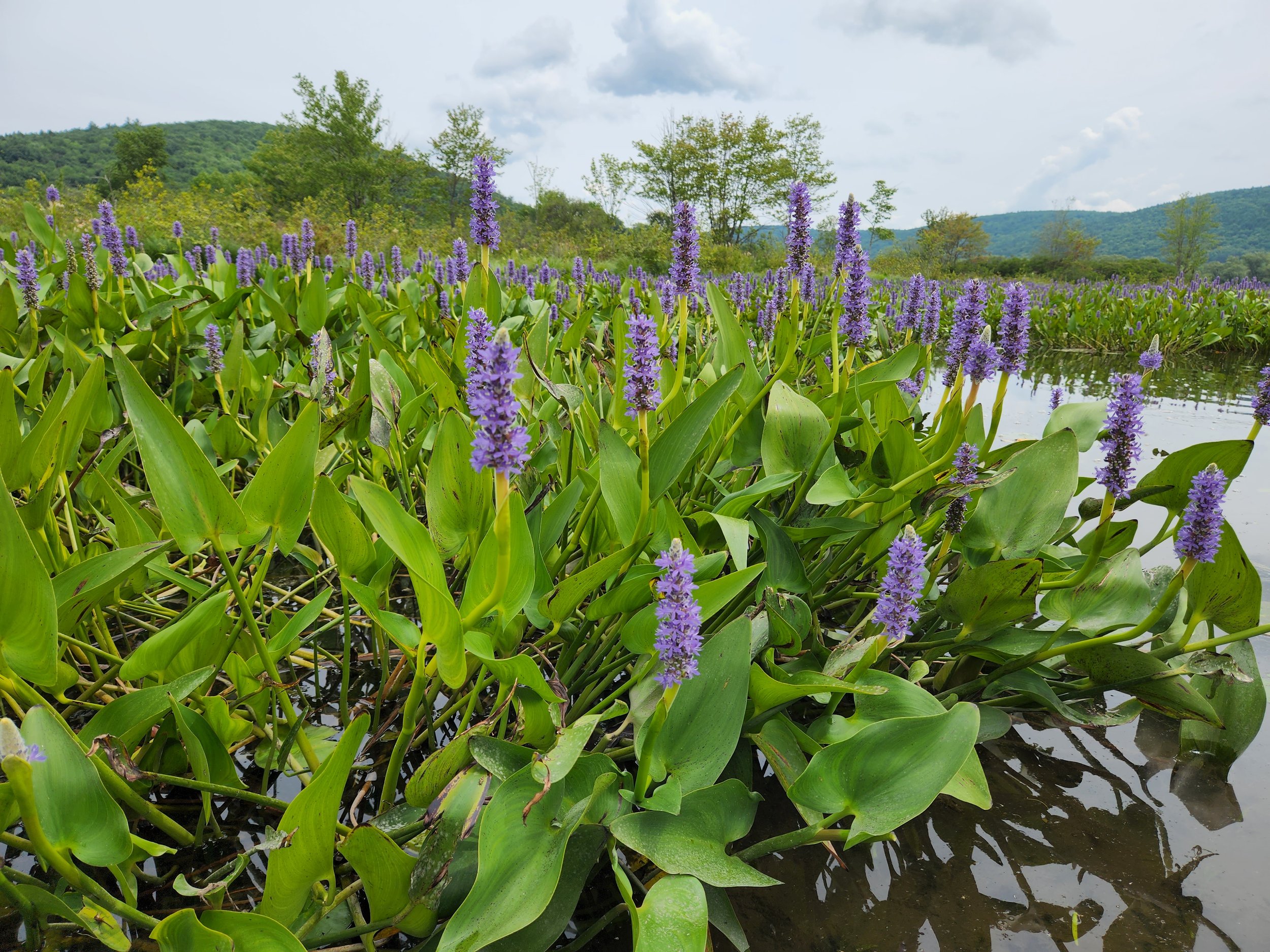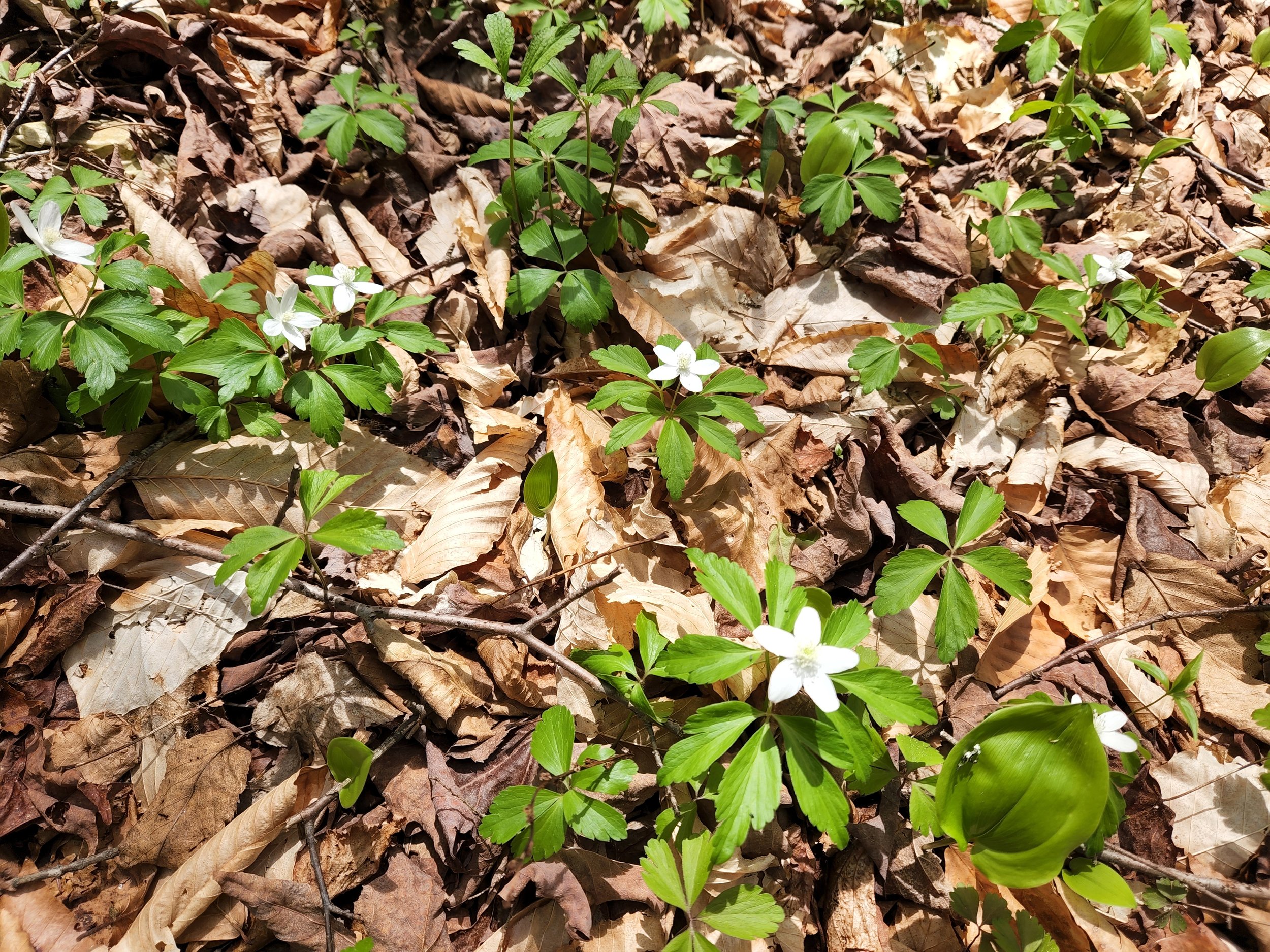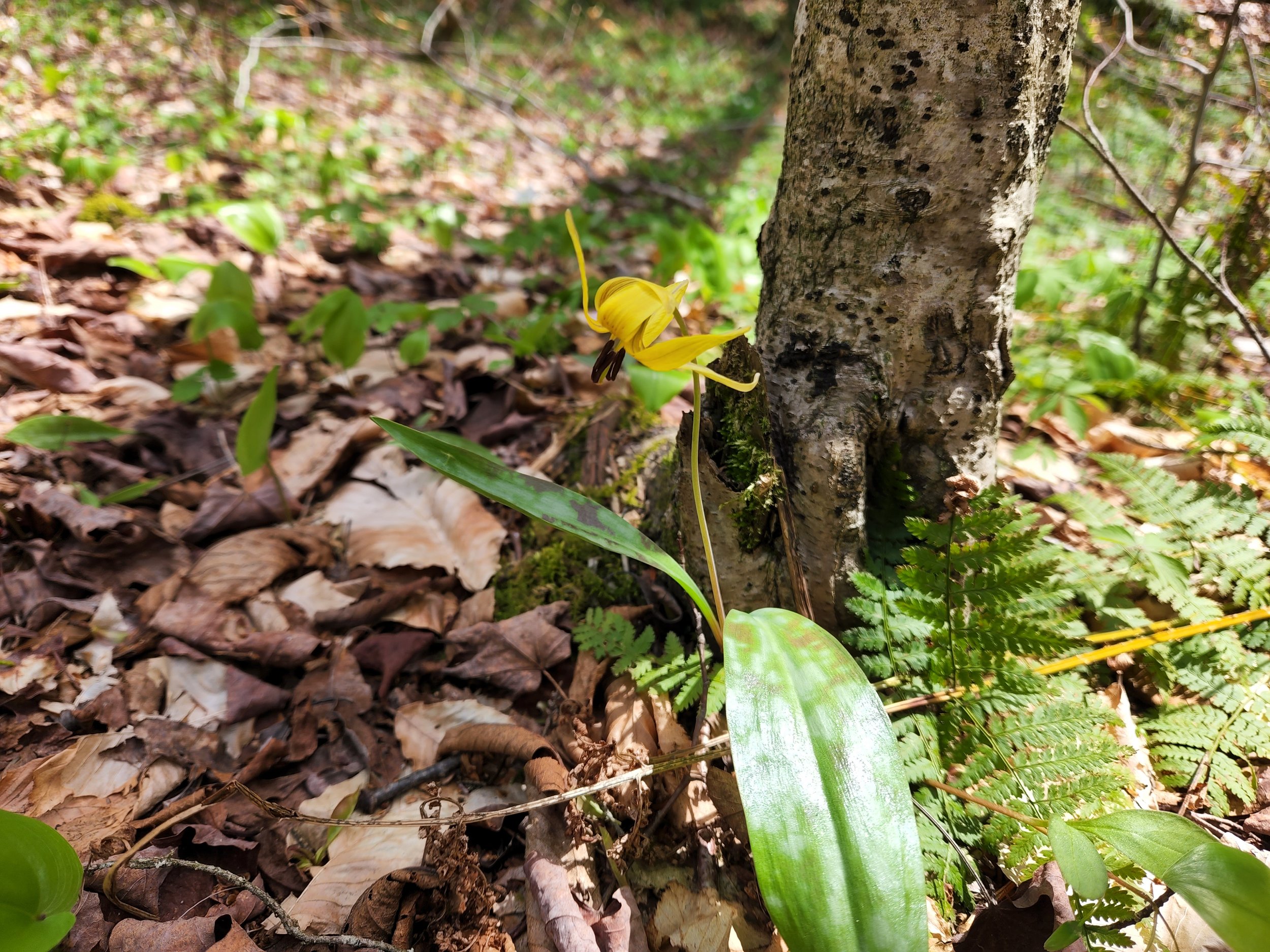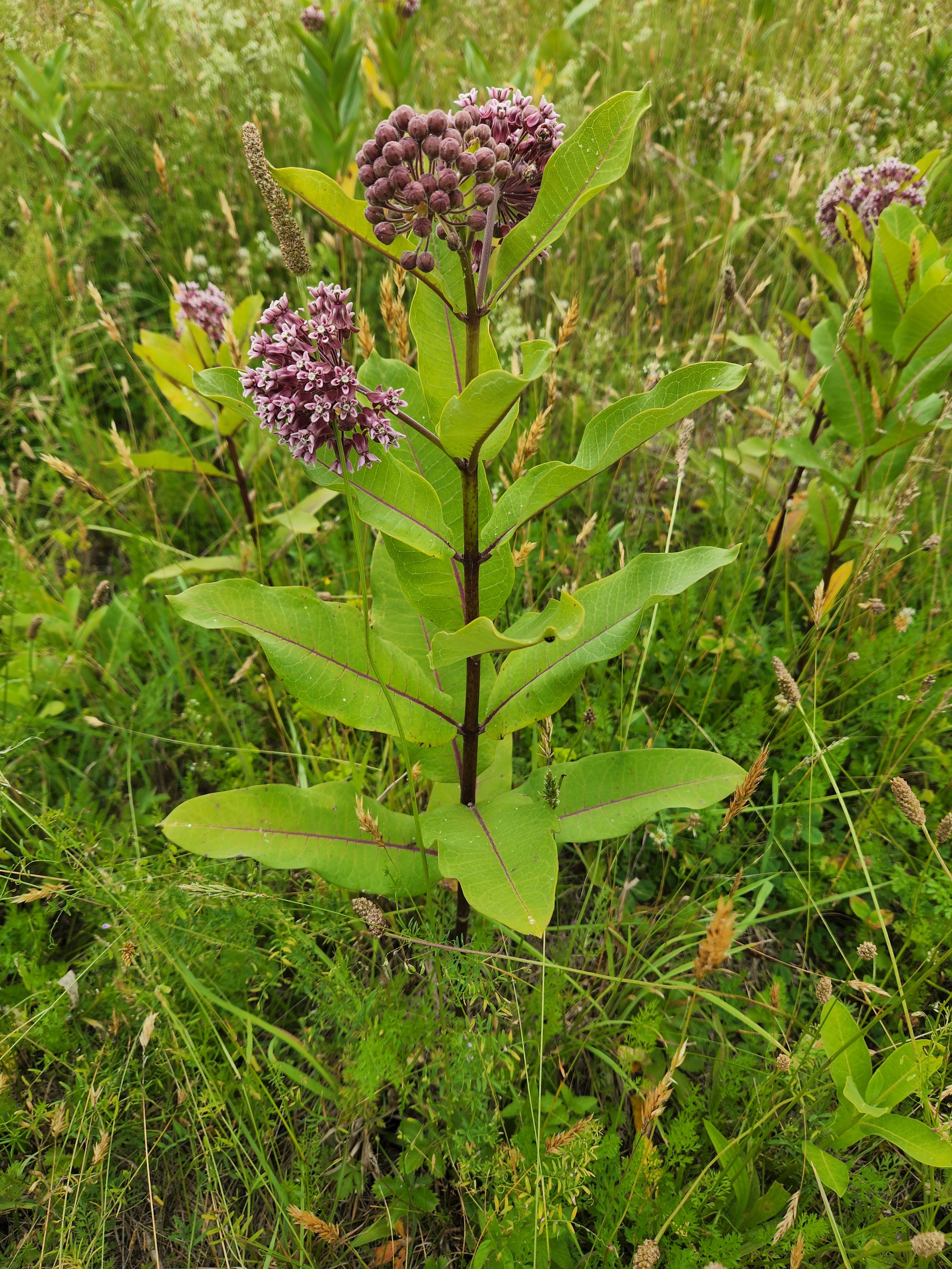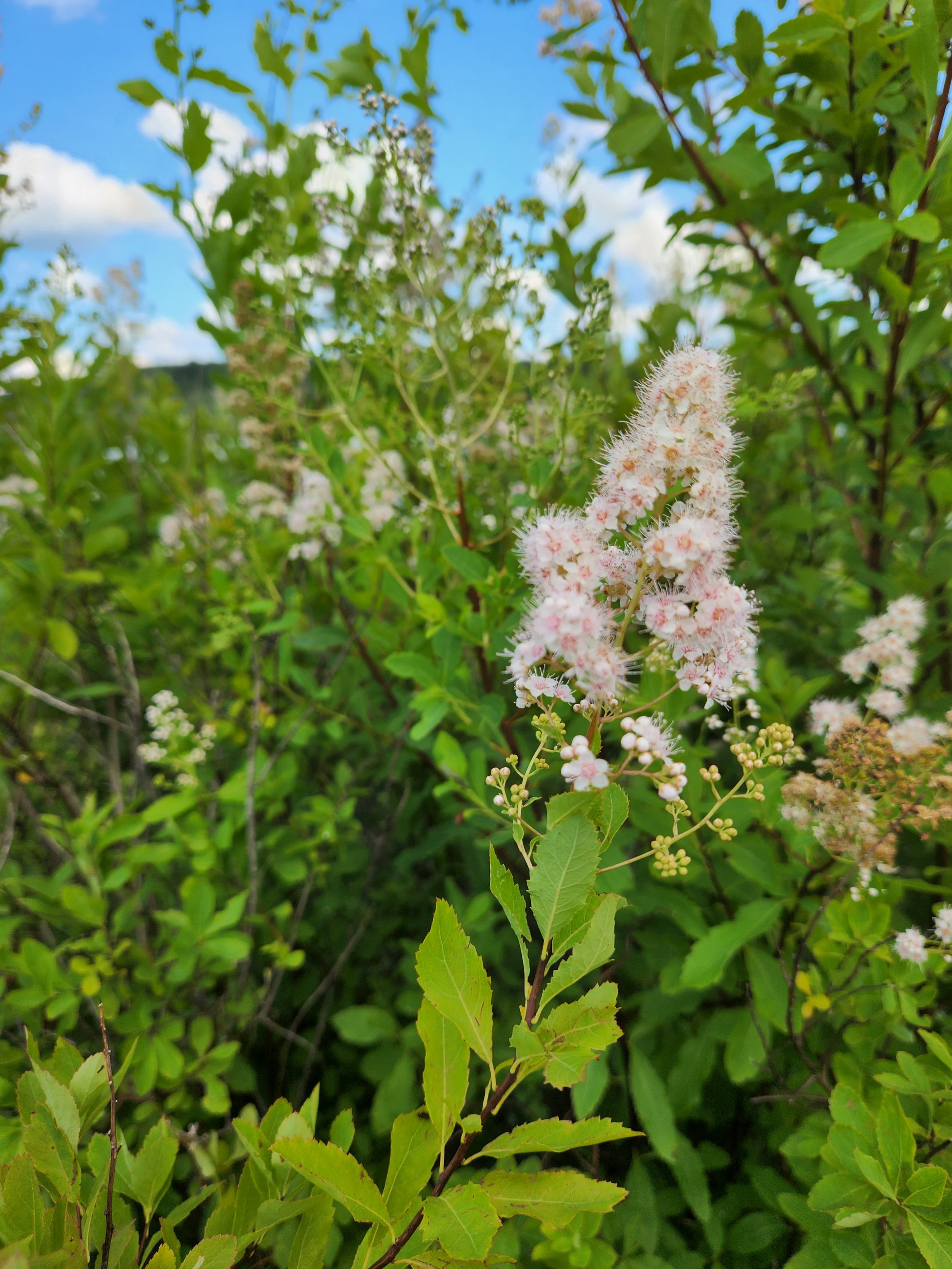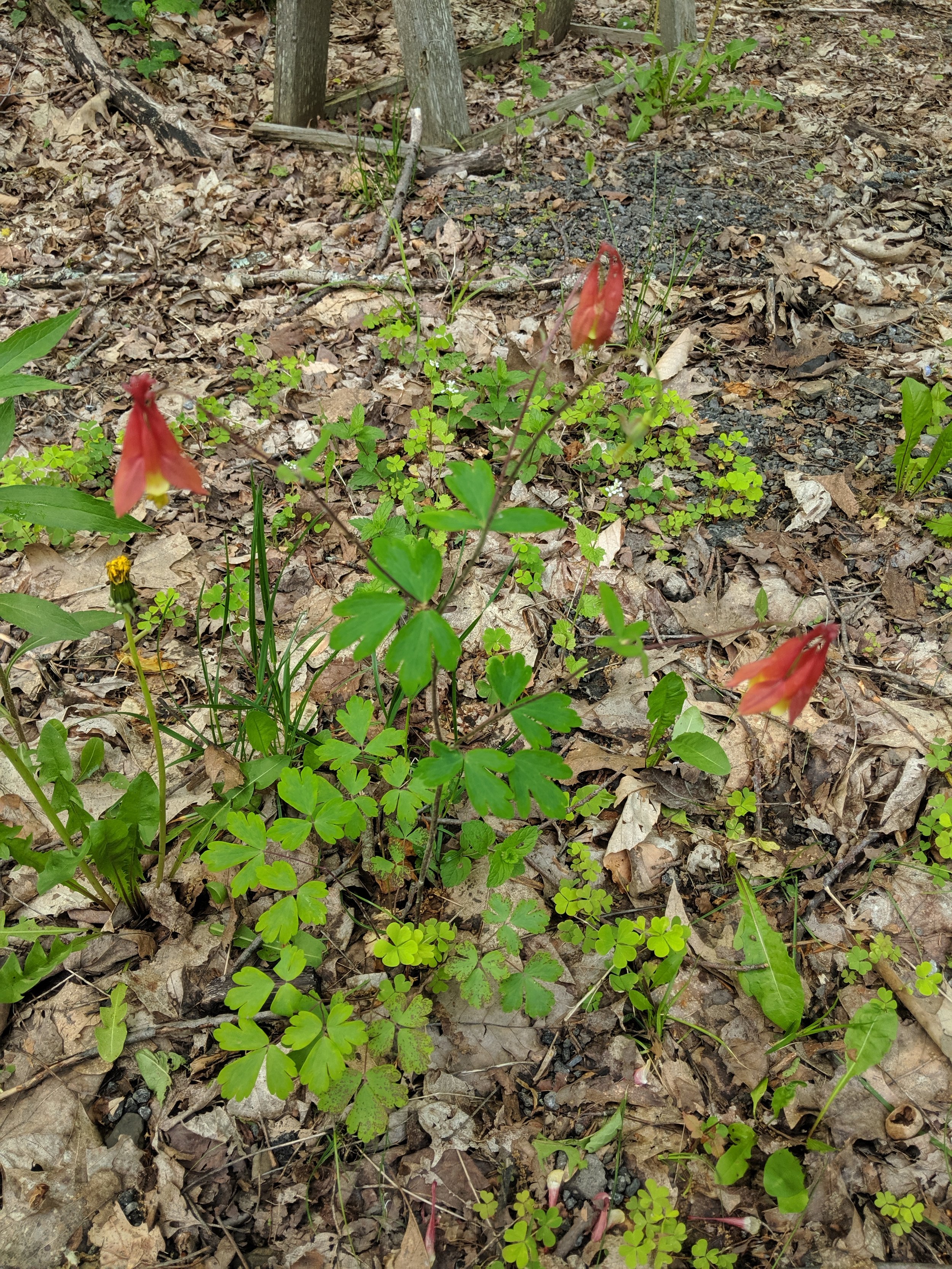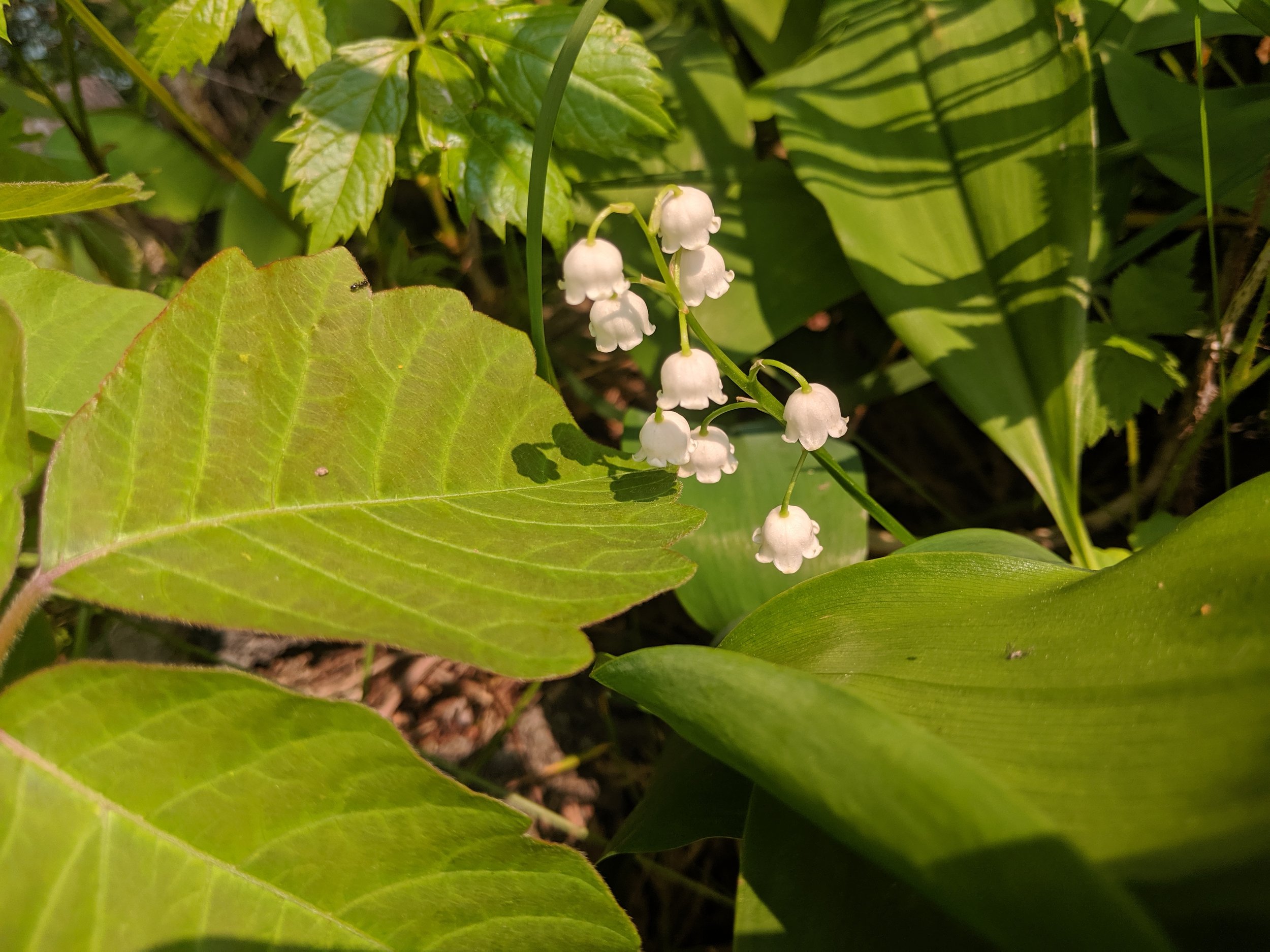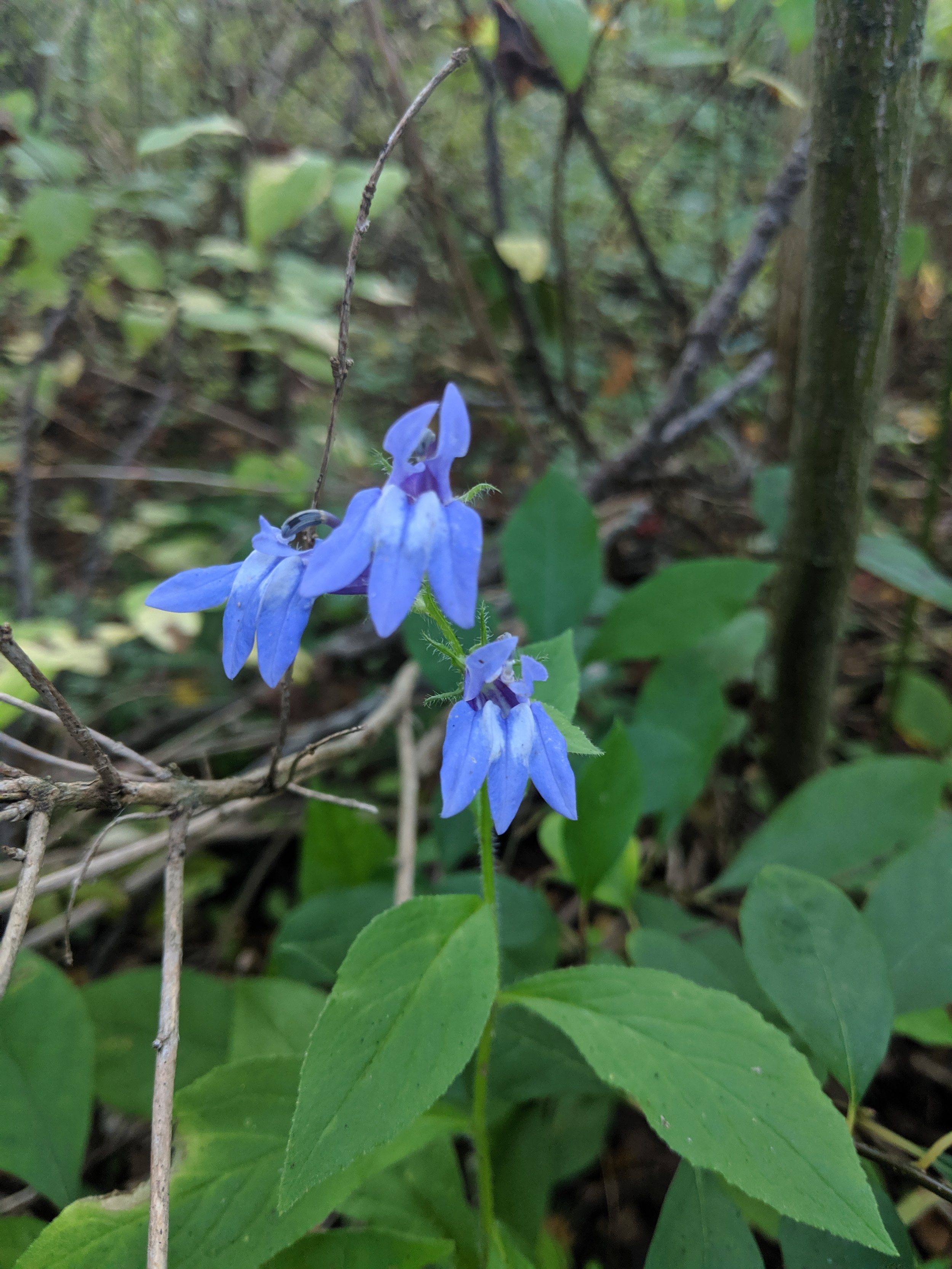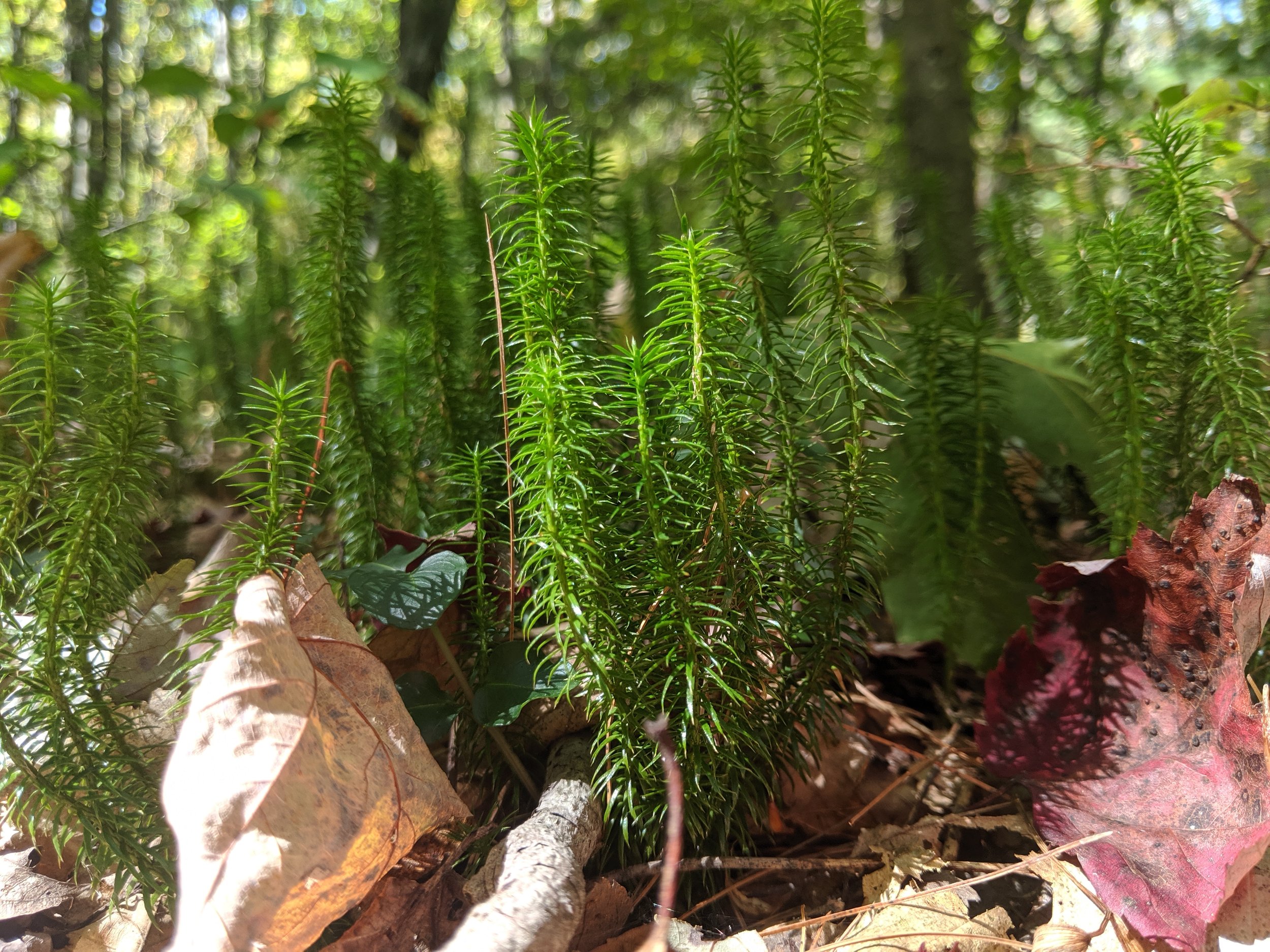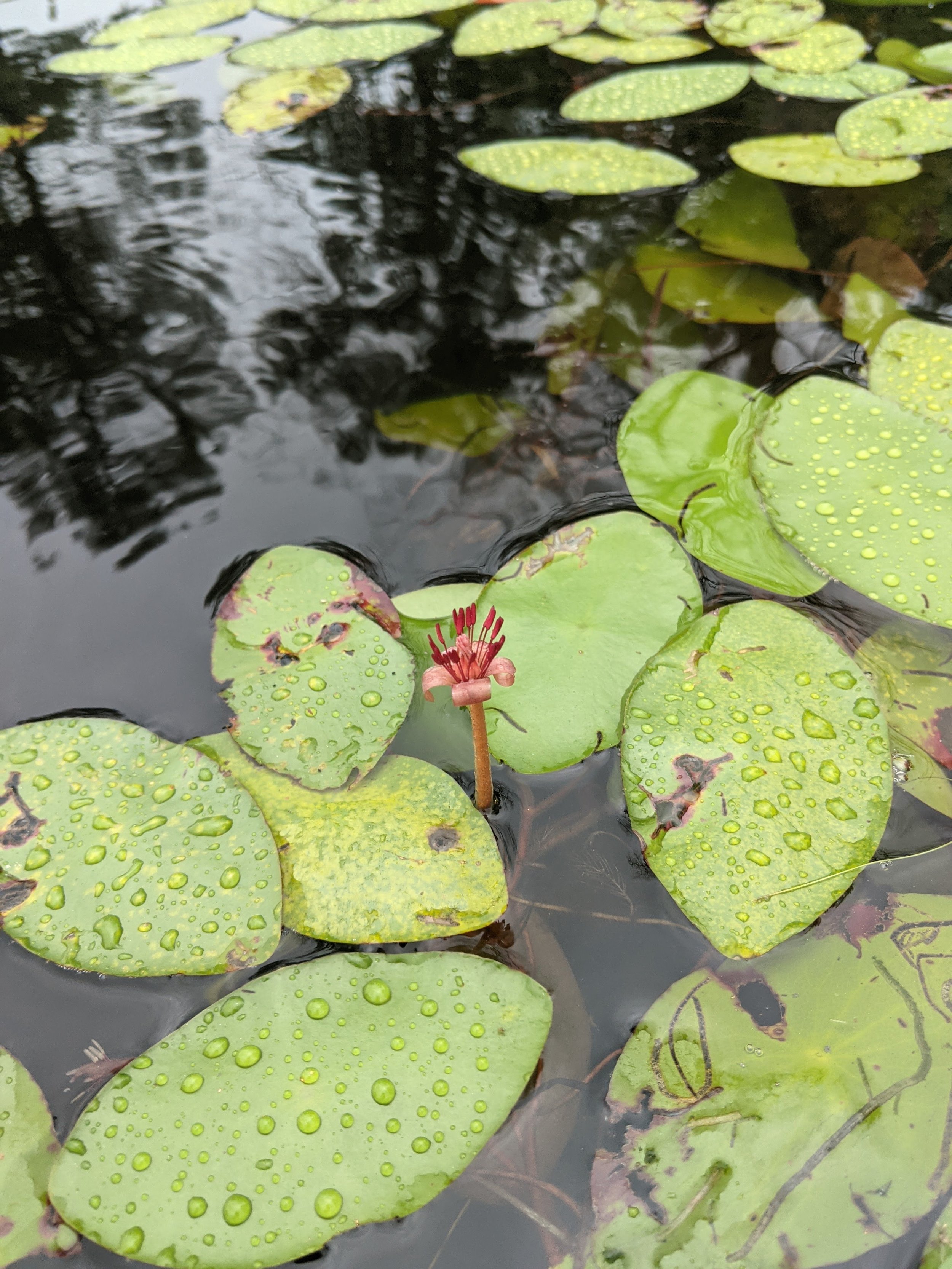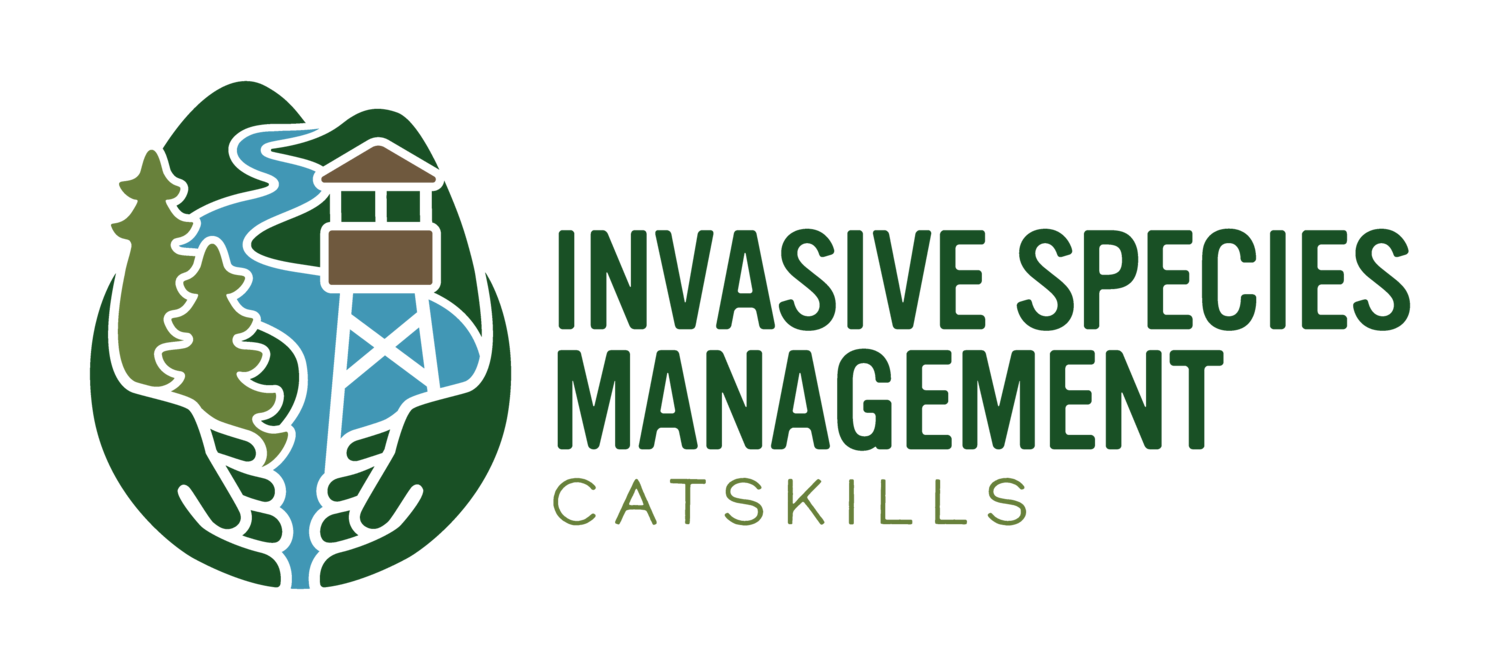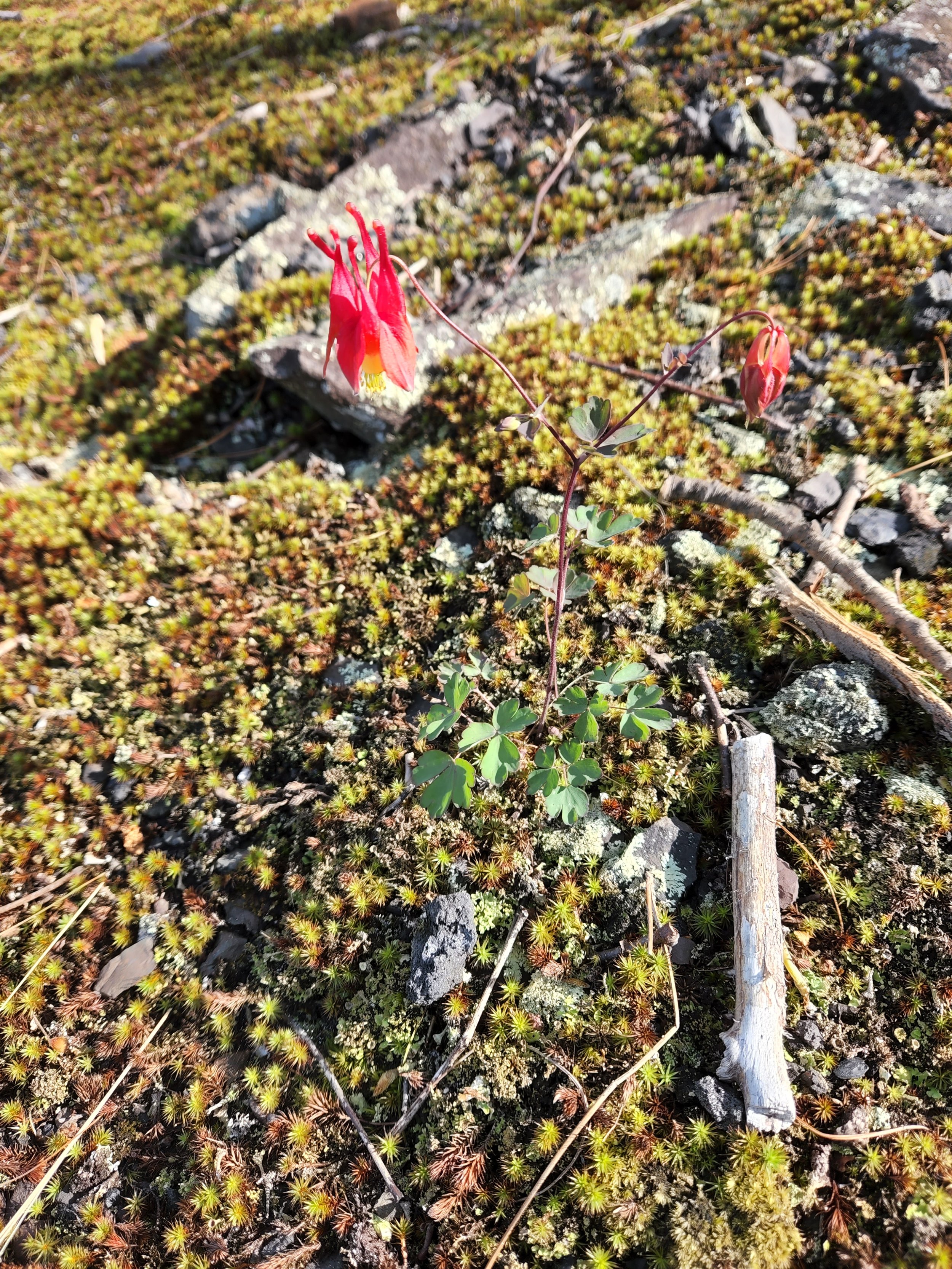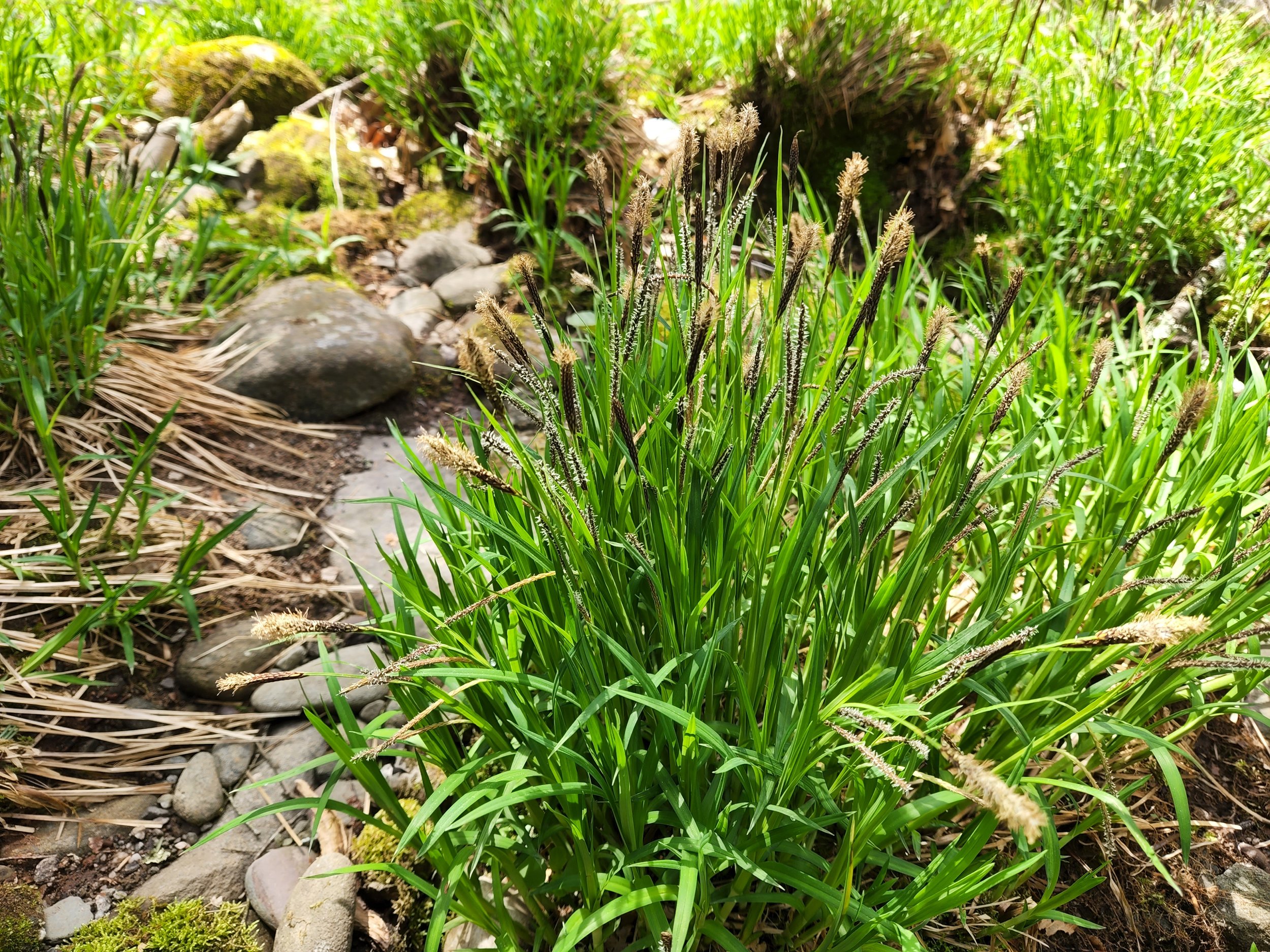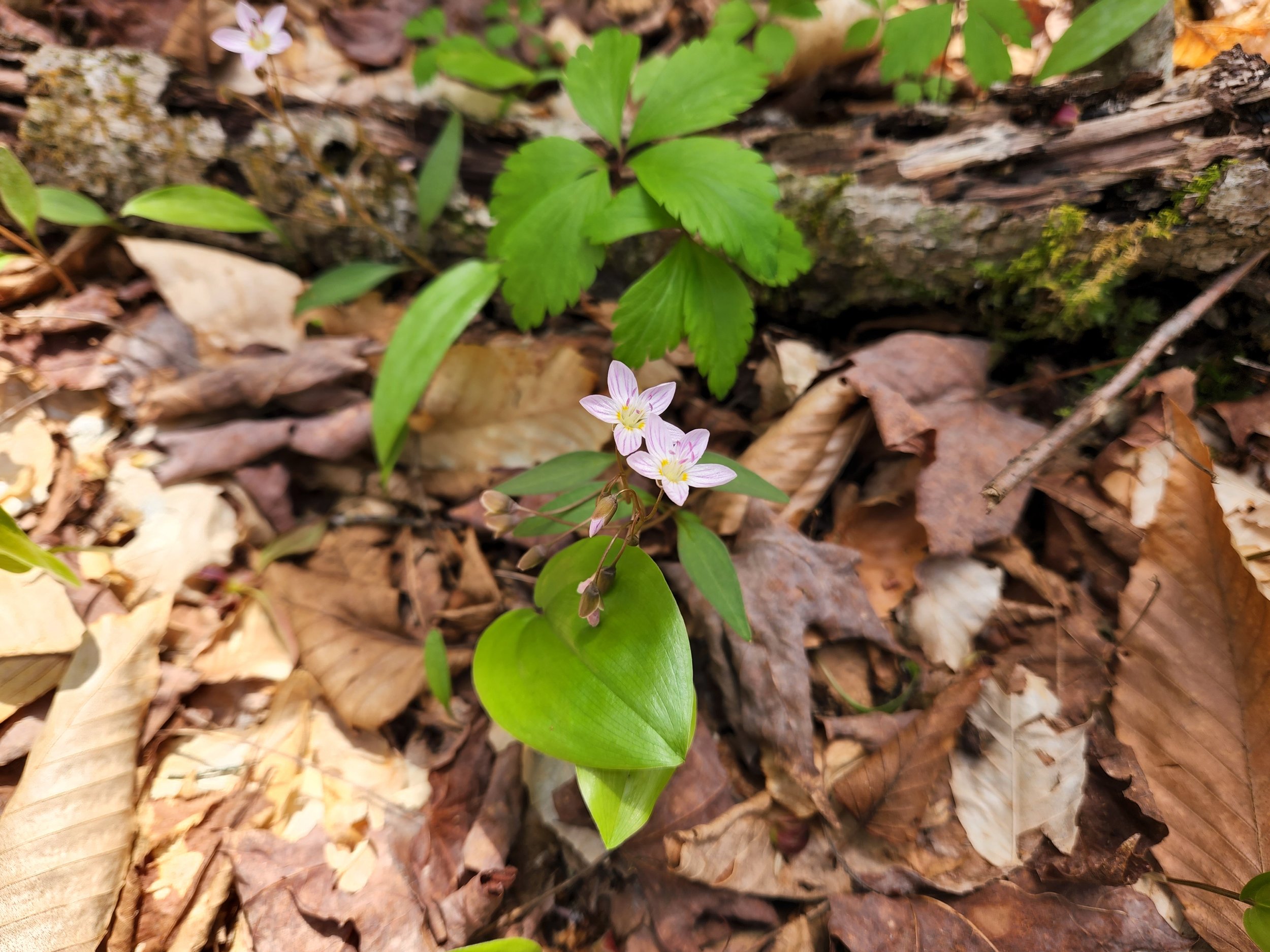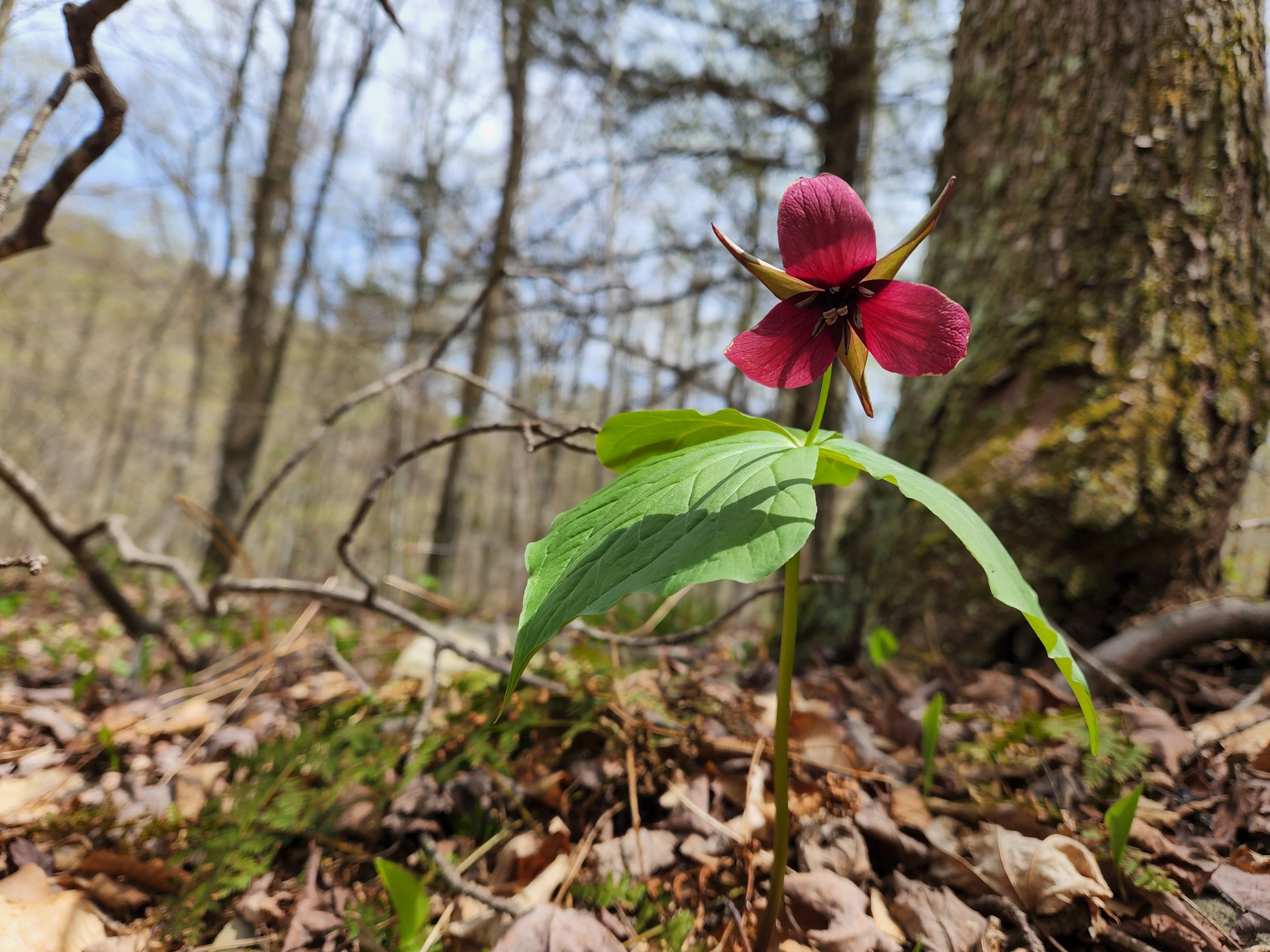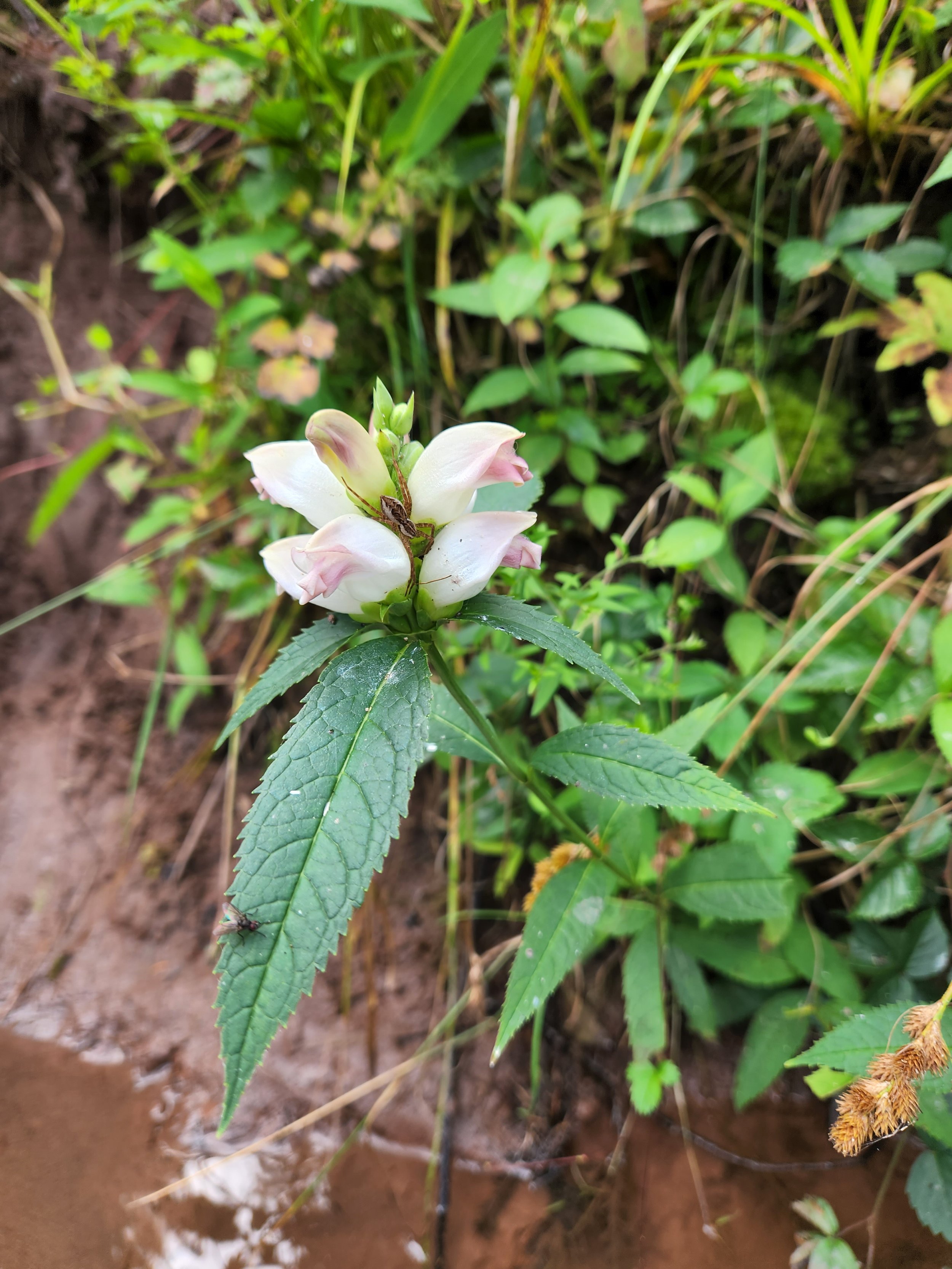
Why Plant Native?
The Catskills are home to a wealth of native plants, some not found anywhere else in NY. Exotic and invasive plants threaten the native Catskill ecosystem by out-competing native plants and creating inhospitable habitats for native animals.
So why plant native? Native plants not only benefit native bees, butterflies, and birds but are also a lot easier to take care of. Native plants are already adapted to NY climates and require less maintenance like irrigation, fertilizing, and pest control. What’s more, native plants can be just as attractive as exotic plants sold at garden centers. Next time you head out for a hike look around and you might see the brilliant red of the cardinal flower, the cool blue of bottle gentian, or the stunning yellows of marsh marigolds.
monarch Butterflies love native plants
Monarch butterflies and other native insects love native plants. Many of these species have co-evolved over millions of years and depend on a variety of native NY plants to flourish.
Monarch butterflies (Danaus plexippus) depend on native milkweed species to lay their eggs and feed their caterpillars. Invasive look-a-like plants like black and pale swallow-wort can trick monarchs into laying their eggs on them where the caterpillars cannot survive.
There are over a dozen species of milkweed native to NY and most can be found in the Catskills. Species such as common milkweed (Asclepias syriaca), swamp milkweed (Asclepias incarnata), and clasping milkweed (Asclepias amplexicaulis) make for a great addition to native gardens. Milkweeds display beautiful clusters of flowers in white, pink, purple, and every color in between each summer, attracting and sustaining native butterflies, bees, and other insects.
What Plants are Right for Your Garden?
Some native Catskill plants are adapted to thrive in specific habitats and yet others are generalists, happy wherever they can put down roots. Understanding what plants fit your ‘habitat’ can help determine which plants will thrive in your garden!
Native Plant Resources
Gardening and Landscaping
Catskill Mountain Club's Native Flowers of the Catskills
Flying Trillium Gardens and Preserve
International Seed Morphology Association
Mountain Top Arboretum Education Center Planting Areas
Mountain Top Areboretum Native Tree Gallery
Native Species Planting Guide for New York City
Native Trees, Shrubs and Forbs for Specific Purposes
NY Audubon 'Getting Started with Native Plants'
NY Audubon Native Plants and Pollinators
NY Natural Heritage Program Ecological Communities
NY Natural Heritage Program Plant Guide
NY Natural Heritage Program's 2022 Rare Plant List
NYSDEC Natives for Planting and Landscaping
Water Gardens, Wetlands, & Riparian
Native Pollinator Resources
Pollinator Pathways of NY
Native Pollinator Resources
Things to consider include:
Amount of available light
Is your garden full-sun, part-sun, or shaded?
Water availability
Are you looking for plants that thrive in wet areas or ones that can handle full sun and arid soil?
Are you going to depend on the rain or water yourself?
Are you planting in an exposed, windy area?
Soil type and drainage
Depending on where you are in the Catskills your hardiness zone can vary!
What does the surrounding vegetation look like?
Do you have to worry about competition from surrounding flora?
Will your plants be out shaded by nearby trees or shrubs?
Busy as a Native Bee
Did you know there are over 450 species of bees found in NY? Furthermore, only about 20% of native bee species are the hive-dwelling, eusocial bees most people think of. The remaining 80% of bee species are solitary, inhabiting hollow stems, underground burrows, and other pre-existing cavities.
According to the Empire State Native Pollinator Survey, approximately 38% to 60% of native pollinator species are vulnerable to extirpation (extinction on a localized scale) due to climate change, invasive species, pesticides, and habitat loss and fragmentation.
Give our native bees and other pollinator species a helping hand by planting native and incorporating habitats for native pollinators!
✿❀❁
〰️
✿❀❁ 〰️
Find a Native Nursery Near you
Catskill Native Nursery - Kerhonkson, NY
Barkaboom Nursery - Margaretville, NY
The Fernery - Hartwick, NY
New Moon Nursery - Online
NYSDEC Trees for Tribs - NY State
NYSDEC Spring Seedling Sale - NY State (January 3, 2023 through May 12, 2023)

